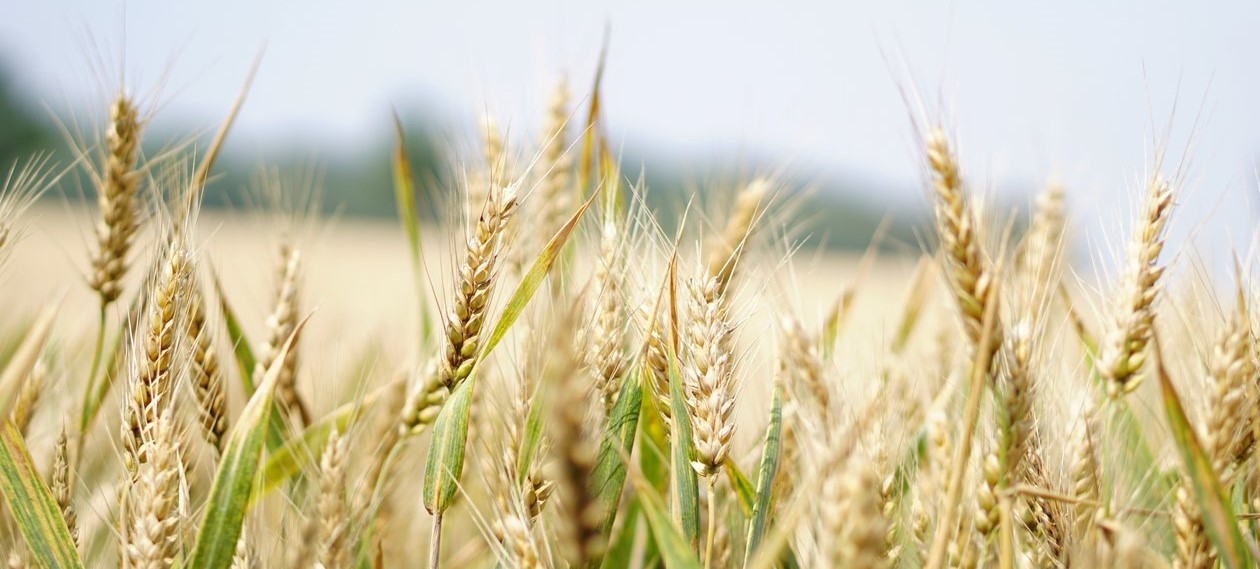
Blue sky thinking: Challenging the rice industry for sustainable and long-term productivity
Posted 5 years ago
Article written by Impact Innovation Group client, AgriFutures Australia. AgriFutures Australia is a new beginning for the Rural Industries Research and Development Corporation (RIRDC), proudly focused on the future of Australian agriculture.
Droughts, fires and a pandemic. Rice supply in Australia is now front page news. Australians are demanding Australian rice and producers want to grow rice. But it is not as simple as ‘just adding water’.
Sustained drought and reduced water allocations led to one of Australia’s smallest annual rice harvests on record in 2020. Although conditions have improved and 2021 (C21) is shaping up well, for the rice industry to remain a competitive user of farm business resources and a sustainable alternative within farming systems, transformational change is required.
Seeking transformational change: It is not just about adding water
The AgriFutures Rice Program, with the support of the rice industry, are driving a new program of research, development and extension (RD&E) which aims to significantly increase the rice industry’s dollar return per megalitre ($/ML).
According to AgriFutures Australia General Manager, Research Mr John Smith, “Australian grown rice uses 50% less water than the global average. This is predominately because of the industry’s foresight and commitment to research and development into high yielding rice varieties that use less water, and the adoption of world-best management practices.”
“However, blue sky thinking, and step change is required for the industry to remain a competitive user of farm business resources,” said Mr Smith.
Rice grower and Chair of AgriFutures Rice Program’s Advisory Panel Drew Braithwaite added the need for the Australian rice industry to maintain competitiveness is essential to ensure the continuity of supply and ultimately the long-term sustainability of the industry.
“With one the most highly regulated free market-based water systems in the world, coupled with a variable climate the demand on water resources in Australia irrigated agriculture is greater than ever.”
He added: “If we can further improve water efficiencies and work smarter, not harder, we can overcome some of the return on investment hurdles that growers face.”
“Greater consistency in terms of tonnages of rice will enable efficiencies, drive profits on farm and ultimately make rice an attractive alternative in Australian farming systems,” said Mr Braithwaite.
Learning from others to challenge perspectives
The initial scoping study, led by AgriFutures Rice Program and involving industry representatives, aims to provide the AgriFutures Rice Program Advisory Panel and industry with a review of opportunities to enable the industry to drive a 75% increase in water productivity fast-tracking the current industry objective by five years. The team will provide feedback and opportunities to the AgriFutures Rice Program Advisory Panel on areas for future investigation and/or investment.
The first stage of the scoping involved approximately 30 one-on-one interviews with Australian and international experts with experience across the farming system.
Mr Smith added “We’re working with stakeholders from the rice industry as well as experts from other sectors to get a broad perspective and to challenge the traditional thinking of the rice industry.”
“These interviews have particularly focussed on options to ensure yield gains through new varieties and better management are as good as they can be, while maintaining our premium quality target.”
“The next stage involves investigating options for new technology in the farming system and gathering perspective from growers,” added Mr Smith.
Thinking outside the square and beyond borders
A key component of this scoping study is the AgriFutures Rice Program Open Innovation Challenge (agrifutures.brightidea.com) which hopes to identify potential technologies and solutions to improve water productivity for rice by 75% in the next five years.
Mr Braithwaite added: “It’s not just about adding water, water is too variable. As an industry we are interested in making our natural resources work for us to improve sustainability of supply and ultimately productivity.”
“We’re looking for international and Australian perspectives from a range of industries to help identify, and potentially invest in, novel and established technologies and solutions to help achieve this step change,” said Mr Braithwaite.
Can you (or someone you know) help us improve water productivity for rice by 75% in the next five years?
The challenge is seeking potential solutions that are applicable to a broadacre setting in Australia (providing a demonstrable impact within a five-year period), and could be related, but not necessarily limited, to:
- Agronomic technologies and solutions
- Production management technologies or solutions
- Remote sensing technologies or solutions
- Plant genetics technologies or solutions
- Genetic traits to improve water efficiency or productivity
- Water management technologies or solutions
- Surface irrigation system for broadacre
- Technologies or solutions that optimise water use in on-farm systems
- Technologies or solutions from other industries that could solve the challenge.
“The challenge is now open until 13 October 2020. A shortlist of the submissions will be presented to the AgriFutures Rice Program Advisory Panel at the November 2020 meeting.”
“If there are technologies or solutions that have potential for rice farming systems, applicants will be invited to participate in the Rice Program’s Open Call in late 2020 and early 2021,” said Mr Smith.
Have an idea or know someone who does? Submissions are now open and close Tuesday, 13 October 2020. For more information visit https://agrifutures.brightidea.com/WaterProductivityChallenge
Article originally published on the AgriFutures Australia website.
If your organisation has a problem that requires innovative solutions, contact us to discuss how you can use Brightidea to run an open innovation challenge of your own.